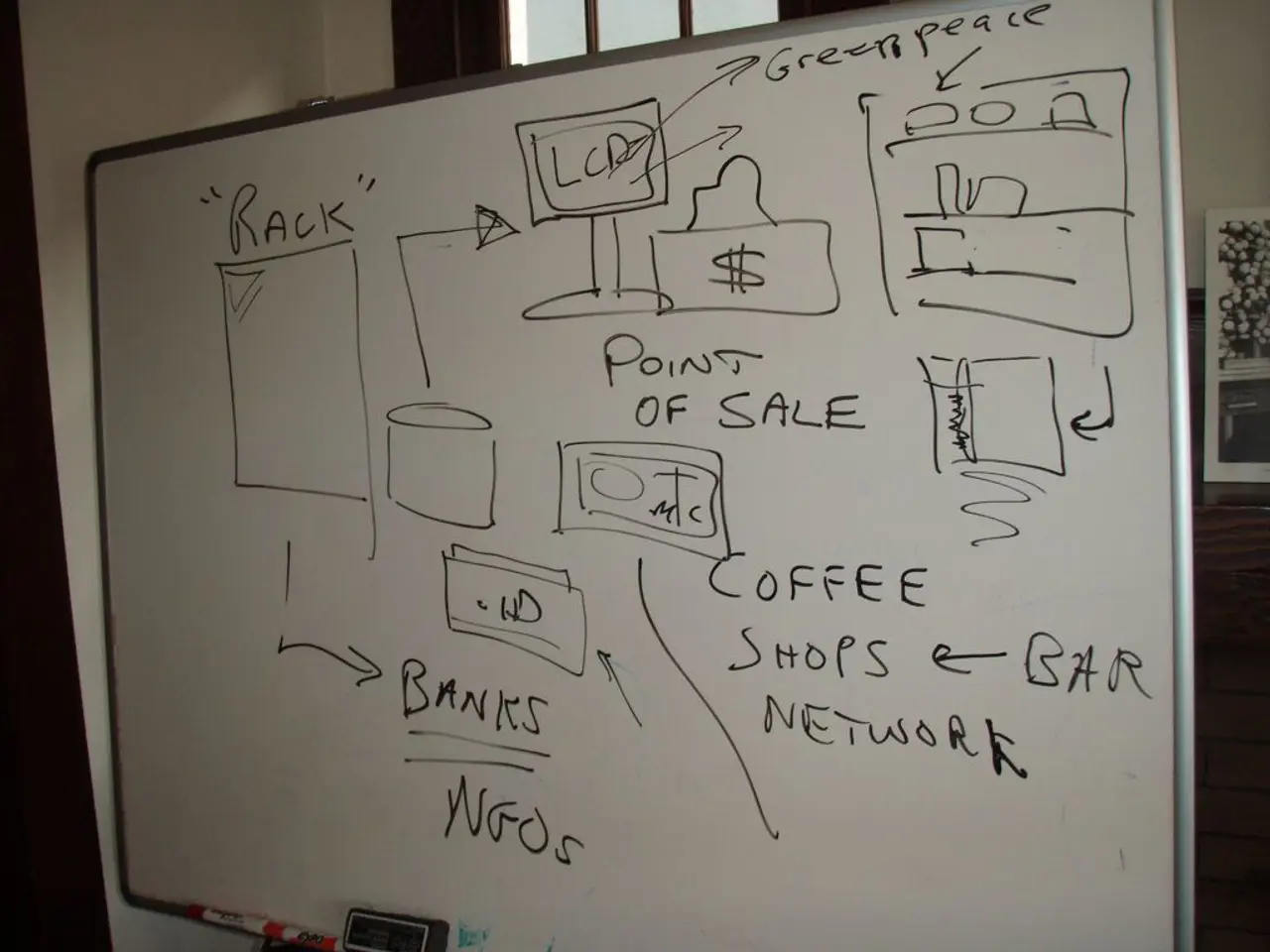Quantum Proof-of-Work Simulator Launched by BTQ for Enhanced Digital Asset Security
BTQ Technologies Corp. has launched a groundbreaking initiative to future-proof the digital asset space against quantum threats. At the heart of this effort is the Quantum Proof-of-Work (QPoW) Simulator, a live, interactive platform designed to demonstrate and develop quantum-native consensus mechanisms compatible with existing blockchain infrastructure.
The QPoW Simulator offers the first commercial demonstration of quantum advantage in blockchain consensus, enabling testing and validation of quantum-secure blockchain protocols. Users can witness live mining cycles on the simulator, showcasing quantum advantage via coarse-grained boson sampling.
BTQ's QPoW initiative aims to address energy efficiency, post-quantum resilience, and regulatory alignment for the accelerated adoption of quantum-secure blockchain solutions. By integrating quantum-resistant cryptographic algorithms and leveraging quantum hardware simulation, the QPoW Simulator helps verify how quantum computing could improve or threaten blockchain consensus mechanisms, enabling the development of post-quantum secure custody treasury solutions.
Key Contributions
The QPoW Simulator makes several significant contributions to safeguarding digital assets:
- Enabling quantum-resilient consensus: The simulator tests quantum-native Proof-of-Work protocols that maintain security even under quantum attack scenarios, thus protecting blockchain networks from quantum computing threats.
- Supporting post-quantum cryptography (PQC) integration: It works alongside BTQ’s proprietary CASH architecture and NIST-approved ML-DSA algorithms, adhering to NSA CNSA 2.0 standards to offer quantum-secure transaction signatures and validation.
- Serving as a testing ground for quantum-secure custody: Through the Quantum Canary Network, the simulator aids in the development and public testing of infrastructure designed for institutional-grade protection of digital assets against emerging quantum threats.
- Facilitating large-scale quantum cryptographic operations: The overall system aims to perform up to 1 million post-quantum cryptographic operations per second, indicating scalability for real-world blockchain applications vulnerable to quantum computing.
Implications and Collaborations
The QPoW Simulator provides a quantum-secure equivalent to the SHA-256 Proof-of-Work system used in Bitcoin. BTQ has initiated a strategic collaboration with QPerfect to validate the QPoW algorithm on neutral-atom quantum processors. The QPoW system maintains a level playing field among quantum mining devices and has been adopted as the first consensus work item in the Quantum Internet and Networked Systems Alliance (QuINSA) baseline standard.
The European Union's Coordinated Implementation Roadmap mandates member states to commence migration to post-quantum cryptography by 2026 and protect critical infrastructure by 2030. Thirty-nine central banks acknowledged the necessity for quantum-resilient ledger technology in future monetary systems at a high-level conference hosted by the Bank for International Settlements. BTQ recently announced the Quantum Stablecoin Settlement Network (QSSN), designed to extend quantum security to tokenized fiat currencies.
The QPoW's hybrid architecture, quantum-native yet verifiable through classical methods, positions it as a viable candidate for central bank digital currency pilots and other high-value financial applications. The QPoW mechanism replaces hash inversion with boson sampling, making the system resistant to known quantum attacks. The QPoW algorithm decouples mining difficulty from power usage, allowing network security to scale without a proportional increase in resource demand.
In summary, BTQ’s Quantum Proof-of-Work Simulator is pivotal for developing and validating blockchain protocols that can withstand quantum attacks, thereby future-proofing digital asset security in the era of quantum computing. The simulator enables exploration of a quantum-secure consensus model compatible with existing classical infrastructure, paving the way for the widespread adoption of quantum-resilient blockchain solutions.
Read also:
- IM Motors reveals extended-range powertrain akin to installing an internal combustion engine in a Tesla Model Y
- Ford Embraces Silicon Valley Approach, Introducing Affordable Mid-Sized Truck and Shared Platform
- Future Outlook for Tesla in 2024: Modest Expansion in Electric Vehicle Sales, Anticipated Surge in Self-Driving Stock
- Australians Embrace Tesla's Powerwall as 4,000 Units are Sold in a Single Month of July







